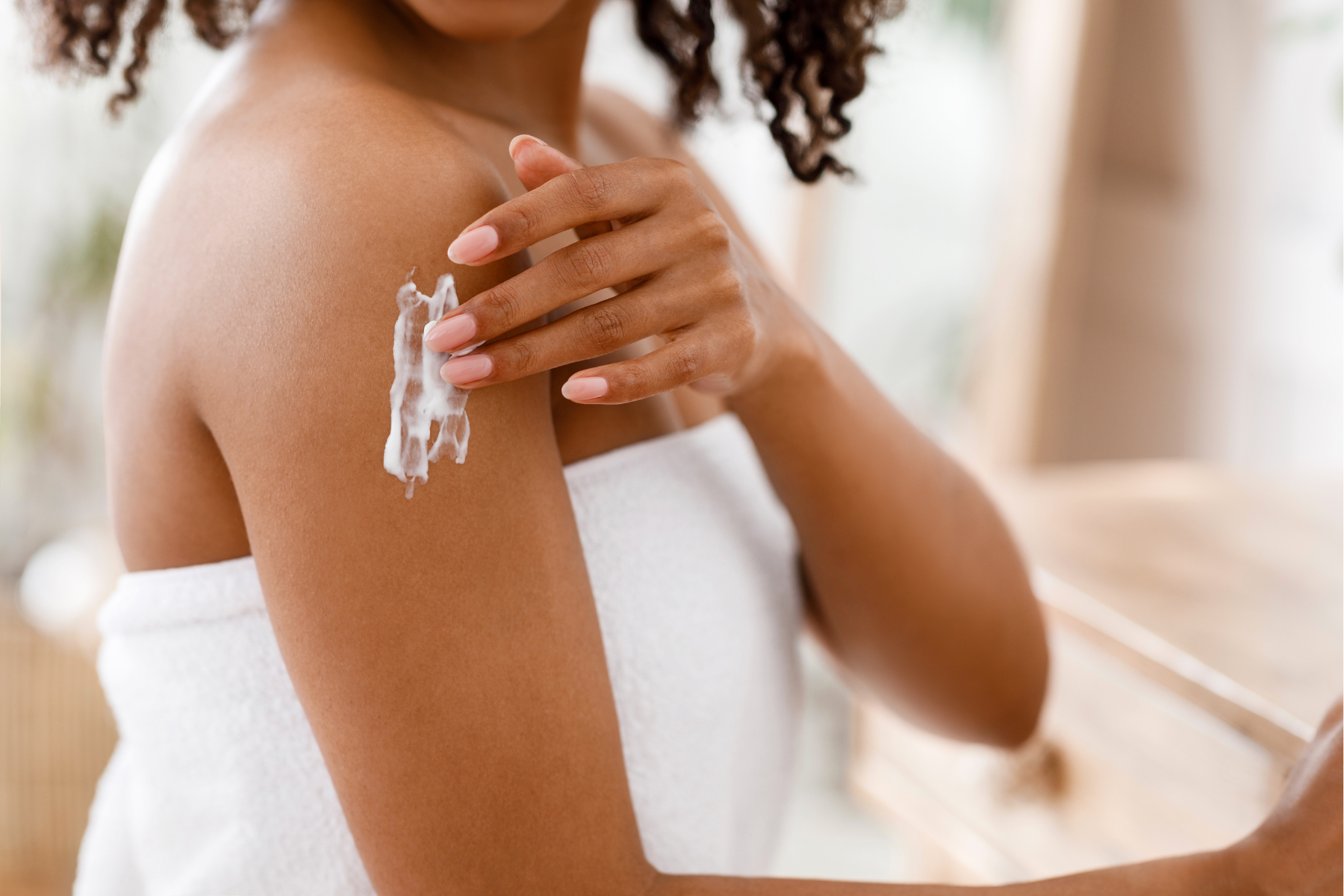Animal-Based Skincare: Why I Use Beef Tallow for Soft, Healthy Skin
I’ve been using beef tallow on my skin for about a year, and the results have surprised me. My skin feels soft, hydrated, and healthier than it has in years. I don’t deal with dryness, irritation, or the constant need to reapply creams. The change has been so positive that I recommend it to anyone who is looking for a natural way to take care of their skin.
What makes animal-based skincare different
Most commercial skincare products are built on plant oils and fillers. They often include seed oils like sunflower, soybean, or canola, which are cheap and easy to manufacture. The problem is that these oils are unstable and oxidize quickly, which can lead to free radical damage on the skin. On top of that, preservatives, fragrances, and additives in many lotions can trigger irritation, allergies, or clogged pores.
Animal-based skincare goes back to basics. Instead of long ingredient lists, you’re getting fats and oils that are naturally compatible with the structure of human skin.
Nutrients your skin can use
Beef tallow, emu oil, and lanolin are rich in vitamins A, D, E, and K. These vitamins are fat-soluble, which means your skin absorbs them easily. They don’t just sit on the surface. They support healing, elasticity, and repair. For example:
Vitamin A supports skin turnover and a smoother texture.
Vitamin D helps with repair and barrier strength.
Vitamin E protects against oxidative damage.
Vitamin K supports healing and reduces redness.
When applied through animal fats, these nutrients are in forms your body naturally recognizes and uses.
A natural match for human skin
The fatty acid profile of tallow is very close to our skin’s own sebum. Sebum is the natural oil your body produces to keep skin hydrated and protected. Because of this similarity, tallow blends in seamlessly. It absorbs well, doesn’t leave a greasy layer, and doesn’t block pores. That’s why many people find tallow-based skincare works even for sensitive or acne-prone skin.
Strengthening the skin barrier
One of the most important roles of skincare is protecting the skin barrier. A strong barrier prevents water loss and keeps out irritants. Many plant-based products strip or weaken this barrier, which is why people get caught in a cycle of reapplying moisturizers all day. Animal fats work differently. They help restore and reinforce the skin’s natural shield, which means your skin holds onto moisture longer and feels balanced.
Anti-inflammatory support
Beef tallow contains conjugated linoleic acid (CLA), which has natural anti-inflammatory properties. This can help calm irritation, redness, and flare-ups. Many people with eczema, rosacea, or chronic dryness find animal-based skincare soothing where plant-based products fail.
Why seed oil free matters
One of the biggest advantages is what animal-based skincare leaves out. No seed oils, no synthetic fragrances, no harsh preservatives. Seed oils are known to oxidize easily, creating free radicals that contribute to aging and inflammation. Avoiding them means less oxidative stress on your skin.
Simple ways to use animal-based skincare
Tallow balm is a multipurpose moisturizer for face, body, or even as a hand cream.
Emu oil is often used for scars, burns, or irritated skin.
Lanolin has been trusted for generations to heal cracked lips and rough spots.
You don’t need an elaborate routine or a cabinet full of bottles. One or two animal-based products can replace half of what you’re currently using.
My experience
After switching to beef tallow, I noticed a difference within weeks. My skin didn’t feel tight after washing. It stayed hydrated all day without needing extra applications. Over time, my texture improved, and I no longer had seasonal dryness in the winter. I appreciate knowing that what I put on my skin is safe, simple, and aligned with the same approach I take to food, choosing whole, nourishing sources over processed fillers.
A gentle reminder
Your skin is your body’s largest organ. It absorbs what you put on it. Using natural, bioavailable fats instead of chemical-laden lotions supports your skin in the same way eating whole, nutrient-rich foods supports your body.
From my own experience, beef tallow has been a clean and effective choice. If you want skincare that nourishes without the baggage of additives and seed oils, it’s worth trying.
DIY Beef Tallow Balm Recipe
Ingredients
1 cup grass-fed beef tallow (rendered and strained)
2 tablespoons extra virgin olive oil or jojoba oil (optional, for a softer texture)
5–10 drops essential oil (lavender, frankincense, or chamomile are gentle choices)
Instructions
Melt the beef tallow in a small saucepan on very low heat until liquid.
Remove from heat and stir in the olive or jojoba oil if using.
Let the mixture cool slightly, then add the essential oil drops. Stir well.
Pour into a clean glass jar or tin.
Allow to solidify at room temperature, or refrigerate for a firmer balm.
How to use
Apply a pea-sized amount to clean skin.
Massage gently until absorbed.
A little goes a long way.
Safety note
Always patch test before applying essential oils to your face. Place a small amount of the finished balm on your inner arm and wait 24 hours. If no irritation appears, it should be safe to use. For very sensitive skin, make the balm without essential oils.
Disclaimer: The content shared here is for informational and educational purposes only and should never be taken as medical advice.
In writing this blog post, my goal is to distill research findings into a clear, approachable format that encourages critical thinking and empowers you to make informed decisions about your health.

